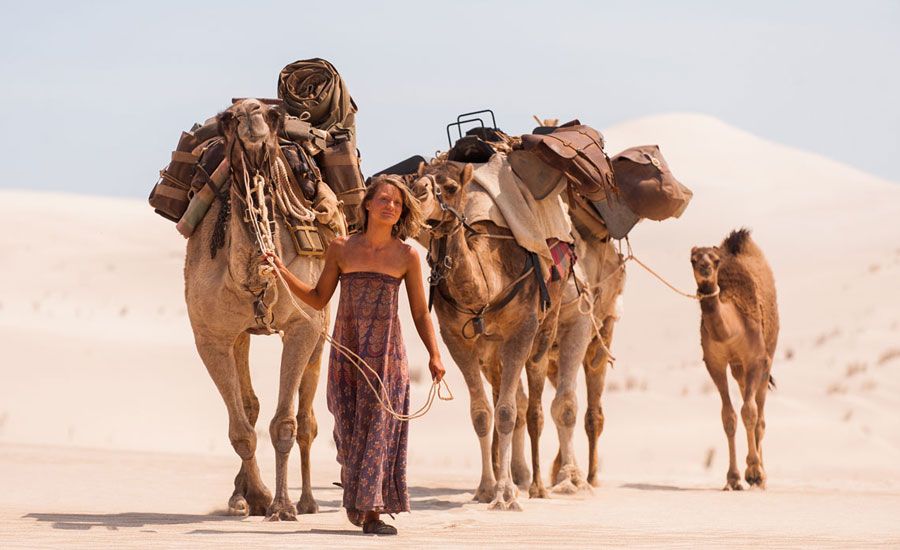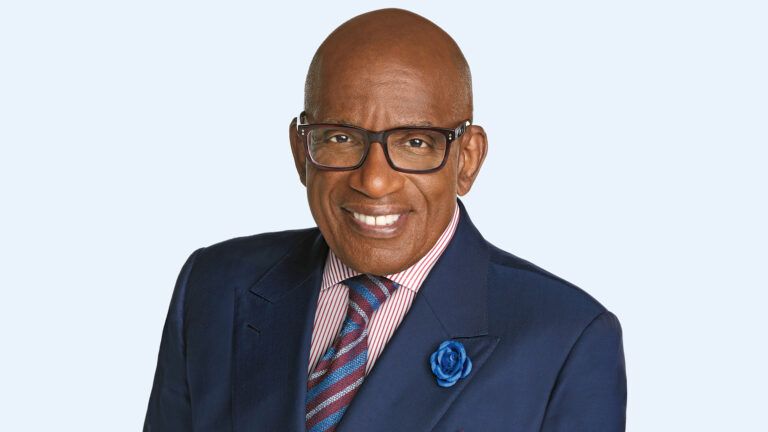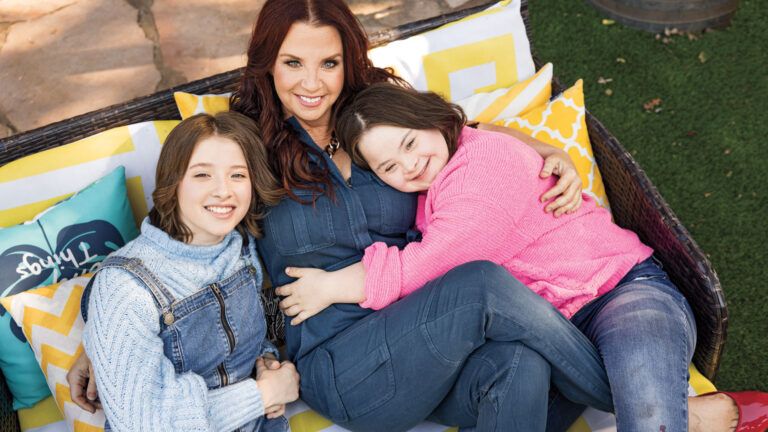In 1977, a twenty-something woman made a life-changing decision. As her peers were beginning their separate journeys into adulthood–finding jobs after graduation, getting married and having children–Robyn Davidson was planning to do something no woman had ever done before: trek across 1,700 miles of the Australian desert, alone.
At the time, she had no idea that her adventure would one day become a book that would inspire millions, or a movie that would have her walking red carpets and giving interviews.
For Davidson, the harrowing journey through the country’s barren and often dangerous flatlands–with only a faithful black lab and four unruly camels as her companions–was simply a personal goal to accomplish, with no thought of personal glory or gain, which is what makes Tracks, a new film by John Curran starring Mia Wasikowska and Adam Driver, that much more powerful. Tracks is beautifully made and carries an even more beautiful message about courage, strength and self-discovery.
Curran’s involvement with the film began when he embarked on his own epic trip down under, just a few years after Davidson’s book was released.
“I knew the story but I hadn’t ever read the book,” Curran told Guideposts. “I read it and it really threw me back into that period of my life when I decided to pick up and do something unorthodox which, in my case, was to move to Sydney.
“It wasn’t as death defying as walking across the desert but I really related to that desire to pull away and challenge yourself.”
The movie opens with Davidson’s initial challenge: learning to train the camels who will carry her gear. As a young woman living on her own in the dry lands, Davidson encounters her fair share of naysayers.
From bar jobs to failed ranching gigs, she spends more than two years gathering the necessary supplies and knowledge she has estimated it will take for her to complete her task, all while being constantly pressured by friends, family members, and even complete strangers to give up
When she finally does take that first step into the desert, the film really comes to life. After begrudgingly agreeing to have her trip documented by photographer Rick Smolan, played brilliantly by Driver, for National Geographic (the magazine funded Davidson’s venture in exchange for a few photos and an article in one of their issues), Davidson sets out on her one-woman trek.
Along the way she encounters snakes, rogue camels, an elderly married couple who offer her shelter for the night, and aboriginals, natives of the harsh world she’s ventured into. One local man, simply known as Mr. Eddie, becomes Davidson’s unofficial tour guide—as a woman, she was forbidden from crossing over lands that held burial grounds without a male escort.
Mr. Eddie provides the film’s comic relief; his attempt to shoo away intrusive tourists trying to snap photos of Davidson, who became known as “The Camel Lady,” is arguably the funniest moment in the entire movie. But Mr. Eddie also serves a greater purpose.
Though the two have no way of communicating, given that Eddie doesn’t speak a lick of English and Davidson barely understands his garbled native tongue, they form a fast friendship, a kinship born out of necessity and strengthened through bonds of mutual respect and trust.
For Davidson, a woman who’s shirked off society in favor of a solitary existence, this friendship is wholly unexpected and also eye-opening.
Wasikowska is captivating as the heroine of the film, in a role that Curran says was made for her. “She was always at the top of our list,” Curran said, “and luckily when we met her, she was really keen to do it so we just really got very fortunate.”
Wasikowska tackles the desert and her onscreen animal partners with fearlessness and a quiet calm, which is important because Davidson’s story doesn’t exactly lend itself to a cinematic treatment.
The film features almost no dialogue, save Davidson’s interactions with Rick and Mr. Eddie, and there are none of the explosions and gun battles that we’ve come to expect anytime we buy a movie ticket.
Instead, the movie focuses almost entirely on Davidson, and Wasikowska excels in making the audience sympathize and root for the adventuress to complete her quest by film’s end.
Oh, and did we mention the camels? Dookie, Bub, Zeleika and Goliath are easily the most entertaining of the actors on screen, and surprisingly they serve as some of the most interesting characters of the film.
Whether they’re foaming at the mouth, growling and grunting in disapproval or laboring silently to help Davidson carry her heavy load (both physically and emotionally), you’ll come away with a new appreciation for the lovable humpbacks.
While Davidson never gives a reason, at least a satisfying one, for why she chose to risk her life by trekking across one of the most dangerous places in the world, in the end, we find meaning in her journey, thanks to the trials she must endure.
Her stubborn refusal to give up, even when faced with seemingly insurmountable odds, her endurance, compassion and belief in the impossible all contribute to a real spiritual awakening in the film that transcends time period, place or culture.
“I think that you move through life and you do hit points when you’re a little bit lost,” Curran said. “In those periods of being lost you fill those gaps in your life with a lot of busyness and people and activities.
“The brave thing is what Robyn does. She removes herself from all that activity and noise and just really regains a sense of self. The idea of disconnecting and being alone with yourself doesn’t necessarily mean loneliness.”
Davidson’s journey is a lesson in hope and belief, not only in yourself, but in others. Belief that it can be right to trust people, but it’s always right to trust yourself. In the end, it’s Davidson who gives the strongest message of the film: “I’d like to think an ordinary person is capable of anything.”
We’d like to believe that, too.





